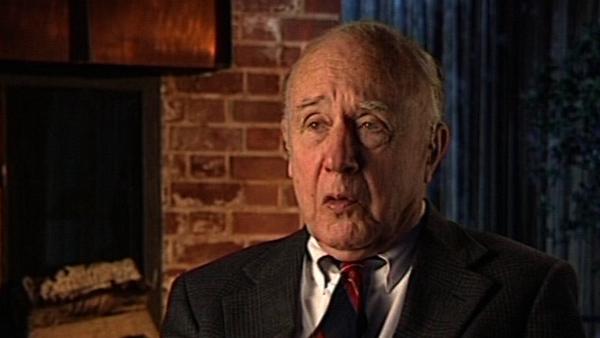The institute sounds like a great place, with hundreds of people, actually there might be a dozen people there on any one day. One needs really a paradox or a problem or some 'unclarified' point to make progress, and that came up in the field of nuclear physics, through a visit one of our members, the Danish physicist, Christian Mueller, made to Rome, at spring time- at Easter time, to the laboratory of Enrico Fermi. And Fermi had been finding new things when he bombarded nuclei with neutrons, the newly discovered neutrons. Lots of new elements. And how could this be understood. Sometimes the atomic nucleus, in experiments of Fermi and his collaborators, sometimes the atomic nucleus presented an effective target area which was enormous compared to the size of the nucleus itself. In the end, that had to be understood as analogous to a radio receiver which receives waves from a region of the sky far larger than the size of the antenna. It's a feature of waves. Although that was understood, what was not understood was why the nucleus did this, that or the other thing, after it received a particle. And here's where Bohr made use of an idea that George Gamow had suggested earlier, but in no such deeply thought out way. George Gamow had suggested the nucleus should be compared to a drop of liquid, and Bohr took that up quite seriously, the idea that this droplet could oscillate, and later, he and I came to deal with more violent oscillation where it'd split into two and undergo fission. But he showed how many things one could understand in this way, that the nucleus took up a particle, had vibrated, and what it did then depended on how much energy it had taken up, but not of the history that had led to its formation, so one could have many different outcomes from one single bombardment.






